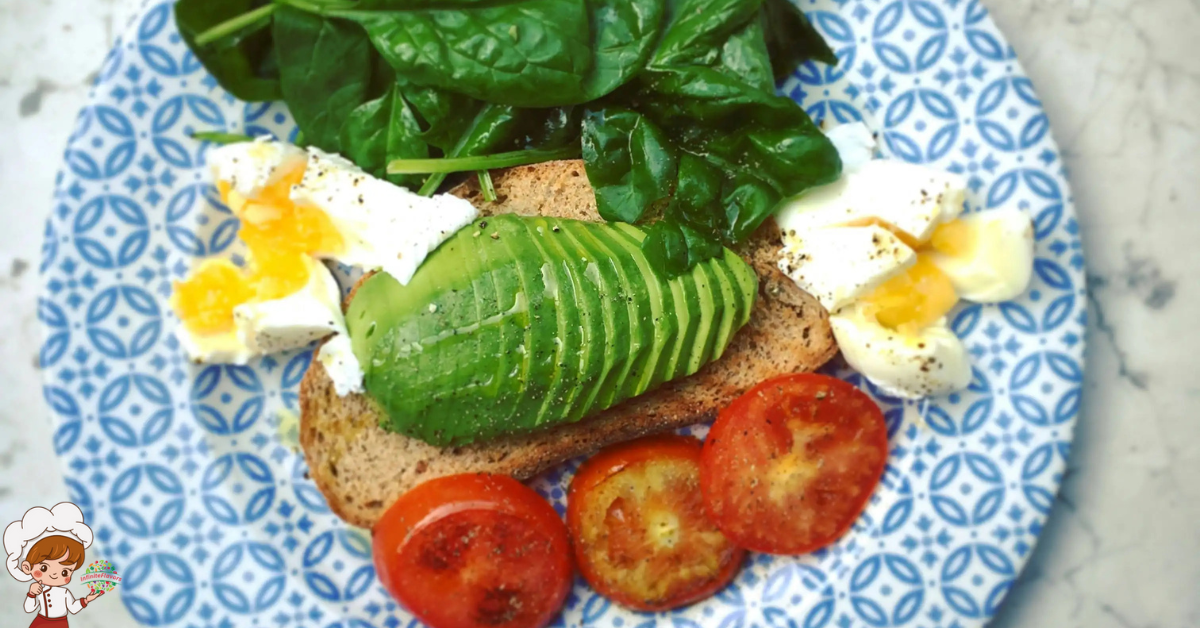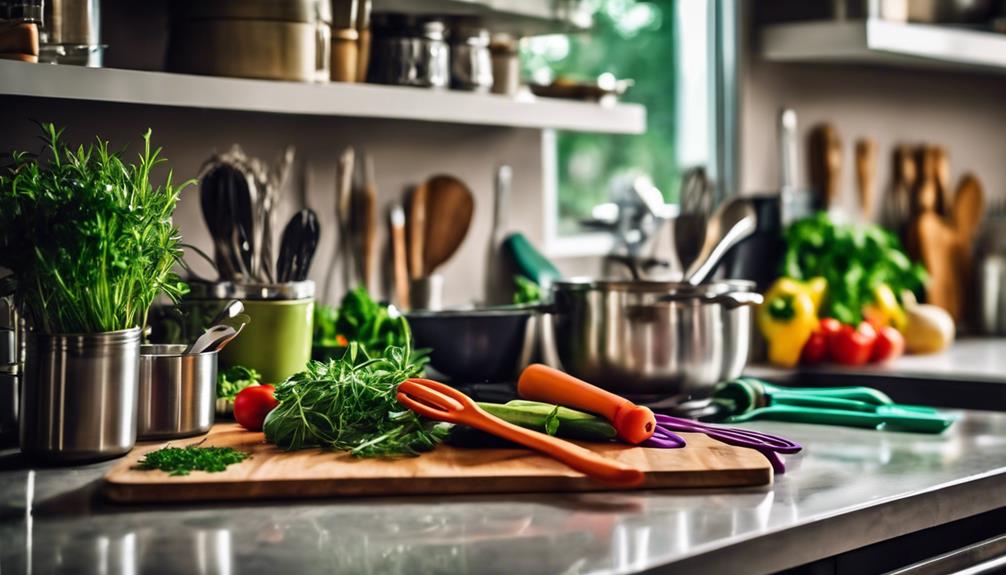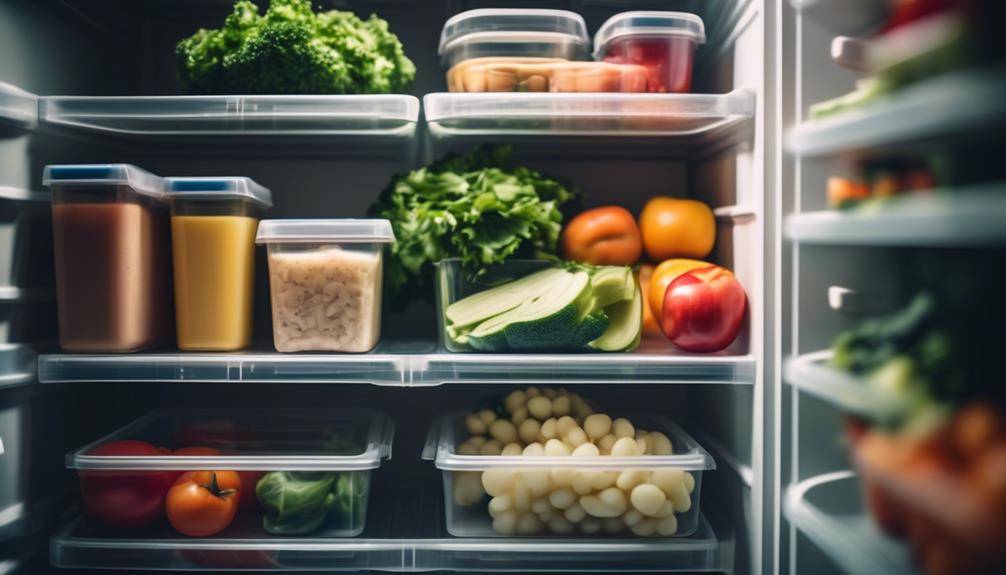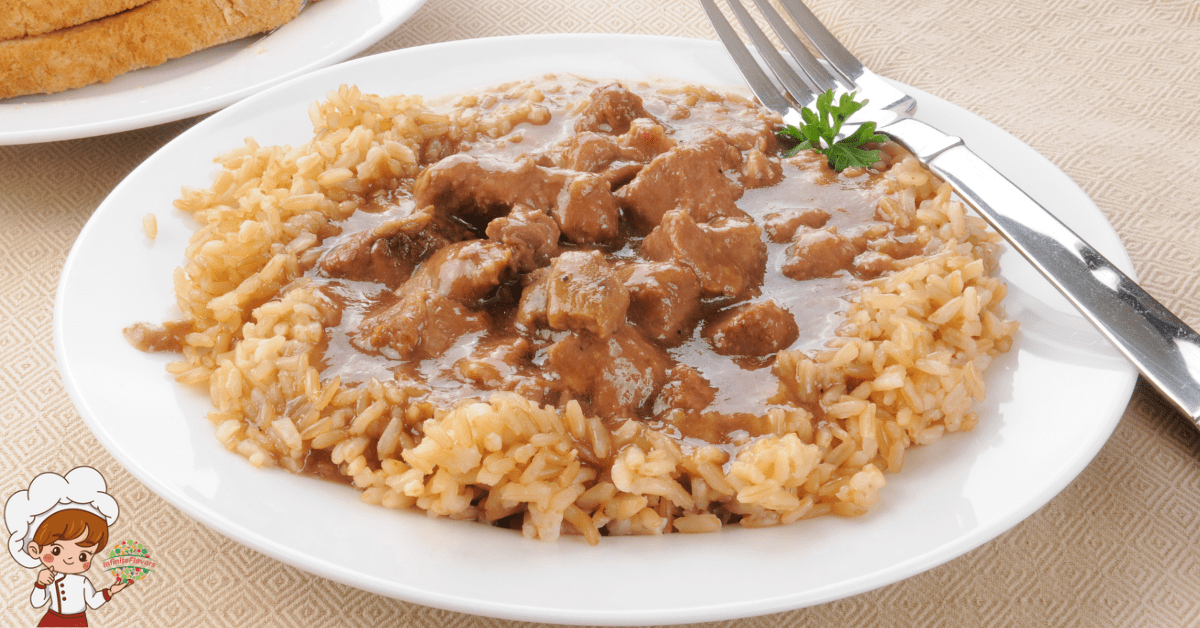Amazing Whisks For Versatile Kitchen Use
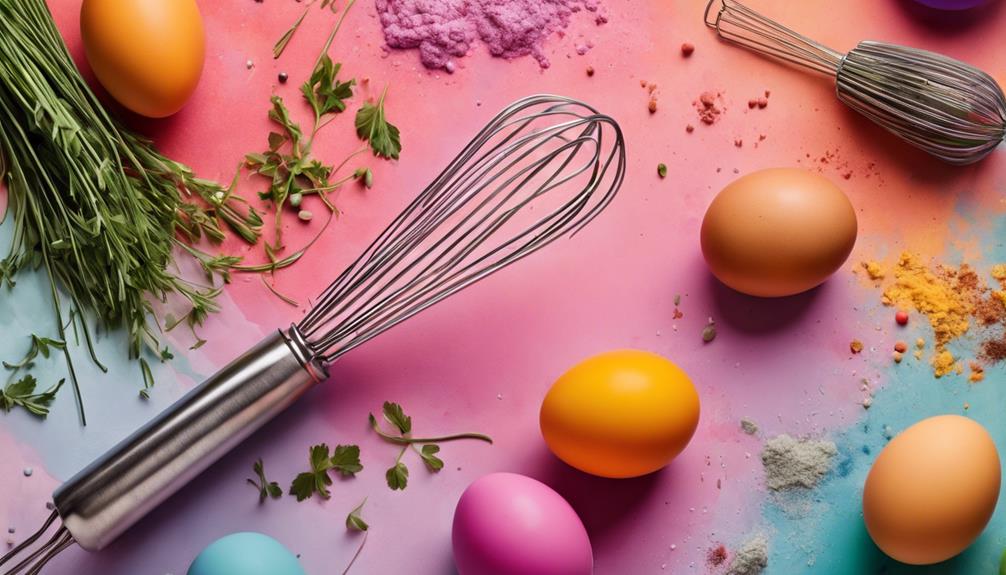
Amazing Whisks For Versatile Kitchen Use are must-haves for any versatile kitchen. A balloon whisk is perfect for whipping egg whites and cream, while a flat whisk handles sauces and gravies effortlessly. Opt for stainless steel for durability, or silicone for non-stick convenience. Size matters too; small whisks work best for dressings, and large ones excel with batters. Remember to care for your whisks—soak them properly and store them smartly. Mastering whisking techniques can elevate your dishes. With the right tools and skills, your culinary creations will shine. Keep exploring, and you’ll discover even more about selecting the best whisk for your needs!
Types of Whisks
When it comes to cooking, the right tool can make all the difference, and whisks are no exception. Understanding the types of whisks available can enhance your culinary experience. Each whisk serves a specific purpose, helping you achieve the results you want in the kitchen.
One of the most popular types is the balloon whisk. With its rounded shape and long wires, it’s perfect for incorporating air into mixtures. Whether you’re whipping egg whites or creating a light and fluffy whipped cream, the balloon whisk is your go-to tool. Its design allows for maximum volume, making it ideal for recipes that require aeration.
On the other hand, the flat whisk, also known as a roux whisk, is a versatile tool that you shouldn’t overlook. Its flat, wide head is perfect for blending sauces and gravies directly in pans. The shape allows you to scrape the bottom of the pan effectively, ensuring there are no lumps in your mixture. Whether you’re making a simple béchamel or a rich gravy, the flat whisk provides the control you need.
Material Matters
In the kitchen, the material of your whisk plays an essential role in its performance and durability. When you’re mixing, whisking, or folding ingredients, the right whisk materials can make a significant difference. Most commonly, whisks are made from stainless steel, silicone, and plastic, each offering unique benefits that cater to various cooking needs.
Stainless steel whisks are known for their sturdiness and longevity. They resist rust and can handle high temperatures, making them ideal for tasks like whisking hot sauces or batter. If you’re looking for whisk durability, stainless steel is often the best choice. On the other hand, silicone whisks are perfect for non-stick cookware, as they won’t scratch your surfaces. They’re flexible and can handle delicate tasks, but keep in mind they might not be as durable as their stainless steel counterparts.
Plastic whisks, while lightweight and budget-friendly, often lack the durability of metal or silicone options. They’re best for light tasks or when you’re just starting out but might not withstand the test of time as well as other materials.
Ultimately, consider what you’ll be using your whisk for. If you frequently tackle heavy-duty mixing, investing in a stainless steel whisk is wise. For those who prioritize non-stick care, a silicone whisk could be your go-to. Understanding whisk materials can help you make informed choices that enhance your culinary experience.
Choosing the Right Size
Selecting the right size whisk can greatly impact your cooking efficiency and results. When you choose a whisk, consider the specific tasks you’ll be handling. Whisk sizes vary, and each size serves a different purpose. For example, a small whisk is perfect for whisking together a few eggs or mixing a small batch of dressing. In contrast, a larger whisk is ideal for aerating heavy batters or whipping cream, as it covers more surface area and allows for faster incorporation of air.
Your decision should also hinge on recipe compatibility. If you often make large quantities of batter for cakes or bread, a medium to large whisk will save you time and effort. On the other hand, if your cooking style leans towards sauces or smaller quantities, a small whisk will give you the precision you need without making a mess.
Additionally, think about your storage space. While it’s great to have a variety of whisk sizes, you want to ascertain they fit comfortably in your kitchen. If you’re limited on space, a versatile medium whisk can often handle most tasks, striking a balance between functionality and storage efficiency.
Ultimately, choosing the right size whisk can enhance your cooking experience, making it easier to achieve the desired results in your recipes. So, take a moment to assess your cooking habits and invest in whisks that align with your needs. Your culinary creations will thank you for it!
Care and Maintenance
Proper care and maintenance of your whisks will guarantee they last for years and perform at their best. Start with whisk cleaning after each use. For metal and silicone whisks, a quick rinse in warm, soapy water is often enough. Avoid abrasive sponges that could scratch the surface. If you’ve been whisking something particularly sticky, let it soak for a few minutes before scrubbing gently. For wooden whisks, hand wash them and never soak them in water, as this can cause warping. Instead, wipe them with a damp cloth and let them air dry.
Next, consider whisk storage to keep them in top shape. If you simply toss them into a drawer, they could get tangled or damaged. Instead, find a dedicated space for them. A magnetic strip on the wall or a utensil holder on the countertop works great. This not only keeps them organized but also makes them easy to grab when you’re ready to whisk.
If you’ve got multiple whisks, try to store them by size or type, so you can find the right one quickly. Regularly inspect your whisks for any signs of wear and tear, especially if you use them often. A worn-out whisk can affect your mixing results, so don’t hesitate to replace them when necessary. With these simple steps for whisk cleaning and storage, you’ll keep your whisks in prime condition, ensuring they serve you well for all your culinary adventures.
Whisking Techniques
While mastering whisking techniques can elevate your cooking, knowing the right method for each task is vital. Different recipes require varying levels of whisking speed and angles to achieve ideal results. For instance, when whipping egg whites or cream, you’ll want to start at a low whisking speed to avoid splatter, gradually increasing to medium-high. This controlled approach helps incorporate air without overwhelming the mixture.
For emulsifying vinaigrettes or sauces, you’ll need to maintain a steady whisking speed while using a specific whisking angle. Hold the whisk at a slight tilt, which allows the ingredients to blend smoothly. This technique promotes a stable emulsion, preventing separation.
When mixing dry ingredients, like flour and sugar, use a gentle, circular motion with your whisk. This method guarantees even distribution while avoiding clumps. Adjust your whisking angles to reach the bottom of the bowl, incorporating all ingredients thoroughly.
For thicker batters, such as pancake or cake mixes, employ a more vigorous whisking technique. Use short, rapid strokes to combine ingredients efficiently, ensuring a lump-free batter. Remember to adjust your whisking speed as needed to avoid over-mixing, which can lead to tough textures.
Frequently Asked Questions: Amazing Whisks For Versatile Kitchen Use
Can I Use a Whisk in Non-Stick Cookware?
You can use a whisk in non-stick cookware, but choose silicone or nylon whisk materials for non-stick safety. Metal whisks might scratch the surface, damaging your cookware and affecting its performance over time.
What Is the Best Whisk for Baking Bread?
When baking bread, a sturdy whisk is best. Consider types like balloon or dough whisks for effective bread whisking techniques. They help incorporate ingredients smoothly, ensuring your dough rises beautifully and has the perfect texture.
How Do I Store My Whisks Properly?
To store your whisks properly, use whisk maintenance techniques like hanging them on hooks or placing them in a designated drawer. Proper whisk organization keeps them accessible and prevents damage, ensuring they last longer in your kitchen.
Are Electric Whisks Worth the Investment?
Investing in an electric whisk can save you time and effort, especially for large batches. Its advantages include consistent mixing and less manual work, making it a worthwhile choice compared to a manual whisk.
Can I Use a Whisk for Mixing Dry Ingredients?
Yes, you can use a whisk for mixing dry ingredients. Whisk types like balloon or flat whisks work well, especially if they’re made from stainless steel or silicone, ensuring even blending without clumping.
Conclusion
Ultimately, having the right whisk can make all the difference in your cooking adventures. By understanding the various types, materials, and sizes, you can choose the perfect whisk for any task. Don’t forget to care for your whisks properly to guarantee they last. With a bit of practice in different whisking techniques, you’ll be whipping up delightful dishes in no time. So grab your whisk and get creative in the kitchen!




